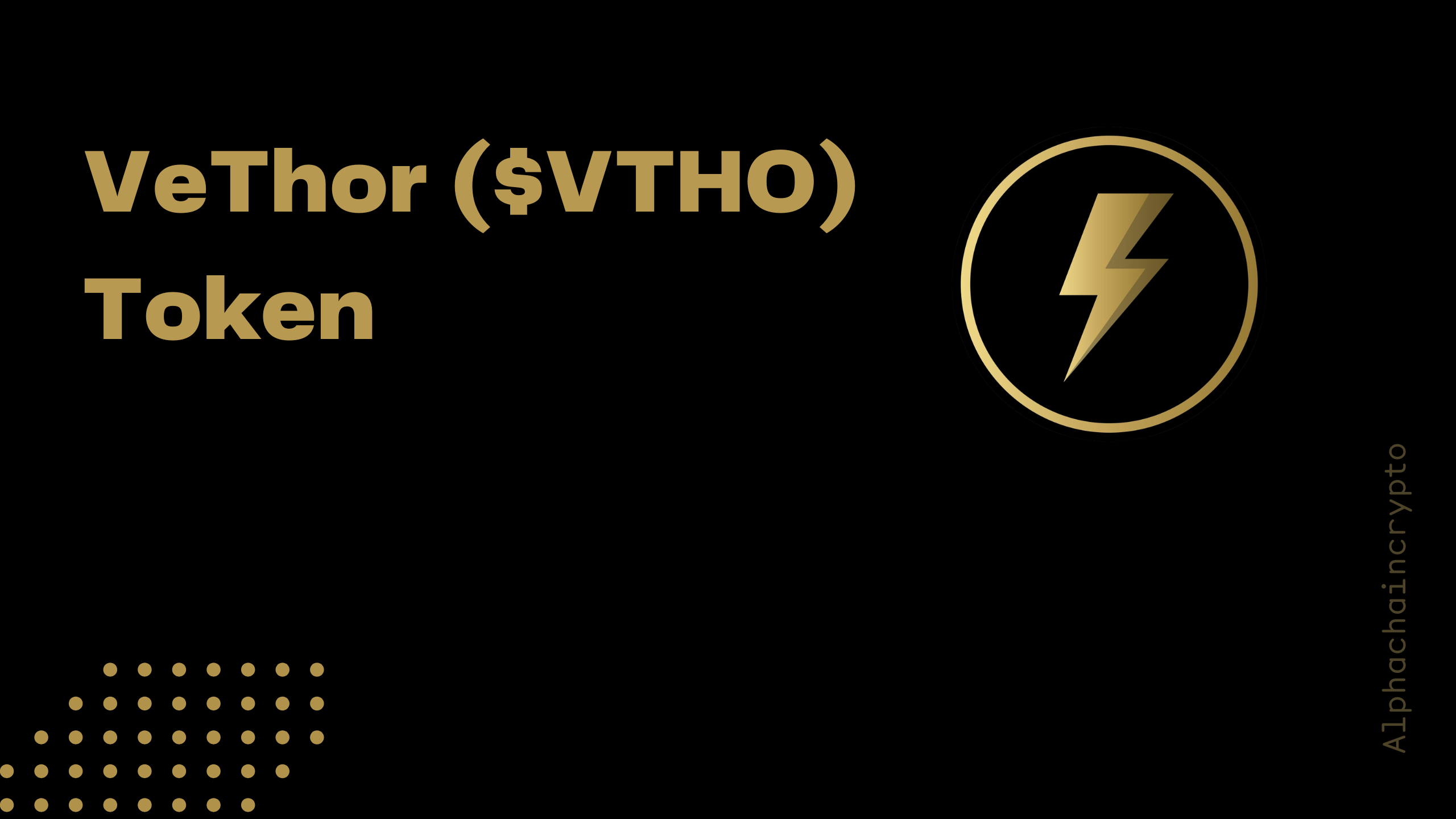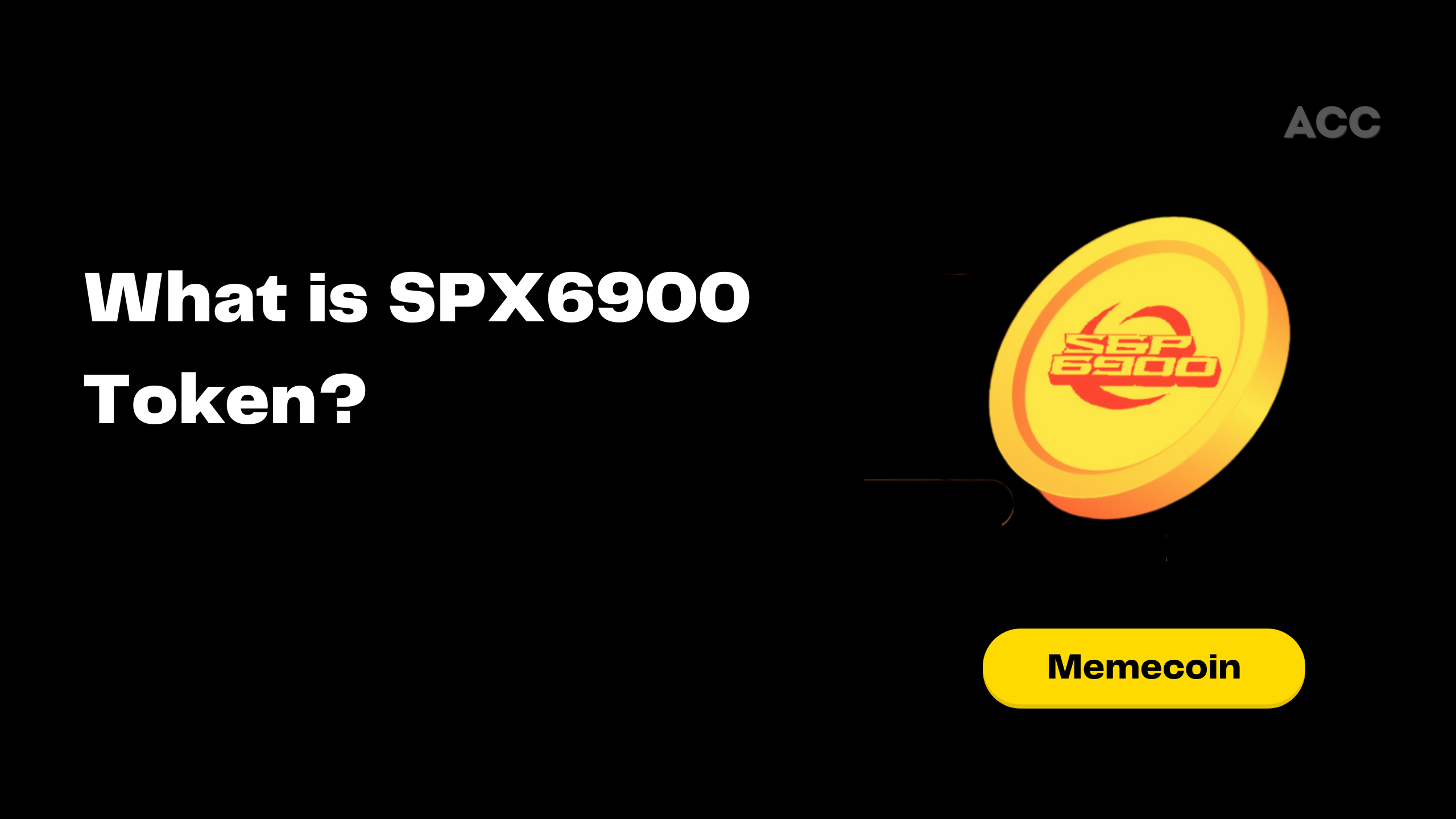Bitcoin addresses are an essential part of how Bitcoin transactions work. They act as a destination where digital assets are sent, and understanding the different types of Bitcoin addresses is crucial for both beginners and advanced users. Over the years, Bitcoin addresses have evolved to incorporate new features and improvements, such as enhanced security, reduced transaction fees, and increased privacy.
In this article, we’ll explore the three main types of Bitcoin addresses: Legacy, Native SegWit (bech32), and Taproot. Each of these address formats offers distinct advantages and capabilities, which we’ll delve into below.
Legacy Bitcoin Addresses
What is a Legacy Address?
Legacy addresses, also known as Pay-to-Pubkey Hash (P2PKH) addresses, are the original format used by Bitcoin since its inception in 2009. They start with the number “1” and are compatible with all Bitcoin wallets and exchanges.
Characteristics of Legacy Addresses:
- Format: Begins with the number “1” (e.g., 1A1zP1eP5QGefi2DMPTfTL5SLmv7DivfNa).
- Compatibility: Supported by all Bitcoin wallets and exchanges.
- Transaction Size: Transactions using Legacy addresses tend to be larger in size compared to newer address formats, which can result in higher fees.
- Security: Offers basic security but lacks advanced features like signature aggregation or more complex locking mechanisms.
Advantages of Legacy Addresses:
- Widespread Compatibility: Since Legacy addresses are the oldest format, they work with every Bitcoin wallet, exchange, and service.
- Easier Migration: If you’re using an older Bitcoin wallet, you’re likely already using a Legacy address, making it easier to transact without needing to upgrade.
Disadvantages of Legacy Addresses:
- Higher Transaction Fees: Because transactions using Legacy addresses are larger in size, they incur higher transaction fees.
- Lack of Advanced Features: Legacy addresses do not support newer Bitcoin features such as SegWit or Taproot, which offer efficiency and privacy benefits.
2. Native SegWit (bech32) Addresses
What is Native SegWit?
Native SegWit, or Segregated Witness, addresses were introduced as part of a soft fork upgrade in 2017. These addresses use the bech32 format and start with “bc1”. SegWit was developed to solve Bitcoin’s scalability issue by reducing the size of each transaction, thereby increasing the network’s capacity to handle more transactions.
Characteristics of Native SegWit Addresses:
- Format: Begins with “bc1” (e.g., bc1qar0srrr7xfkvy5l643lydnw9re59gtzzwfuwc9).
- Compatibility: Not all wallets and exchanges support Native SegWit addresses, but compatibility has significantly improved over the years.
- Transaction Size: Reduced transaction size, leading to lower transaction fees.
- Improved Security: Enhanced security features that make transactions less prone to certain types of attacks.
Advantages of Native SegWit Addresses:
- Lower Fees: SegWit reduces the size of each transaction, leading to lower fees.
- Increased Block Capacity: The SegWit upgrade allows more transactions to be included in a block, improving network throughput.
- Enhanced Security: Native SegWit addresses are more resistant to malleability attacks, making them more secure for multi-signature transactions.
Disadvantages of Native SegWit Addresses:
- Limited Compatibility: Some older wallets and exchanges do not yet support Native SegWit, which could pose issues when sending or receiving funds.
- Complexity: The bech32 format, while more efficient, can be more difficult for new users to understand or identify compared to the more familiar Legacy format.
3. Taproot Addresses
What is Taproot?
Taproot is the latest upgrade to the Bitcoin network, activated in November 2021. Taproot addresses also start with “bc1”, similar to Native SegWit addresses, but they support more advanced scripting capabilities. Taproot combines the Schnorr signature algorithm with MAST (Merkelized Abstract Syntax Tree), enabling greater privacy and flexibility in transaction types.
Characteristics of Taproot Addresses:
- Format: Begins with “bc1p” (e.g., bc1p0ps39u8sz09z2lzs8shpj4sxx7w4hmpt4a0nw5).
- Compatibility: Taproot addresses are not yet widely supported by all wallets and exchanges.
- Privacy: Taproot improves privacy by allowing complex transactions to appear as simple transactions on the blockchain.
- Enhanced Functionality: Taproot enables the creation of more sophisticated smart contracts on the Bitcoin blockchain.
Advantages of Taproot Addresses:
- Increased Privacy: Taproot allows for the aggregation of multiple signatures, making multi-signature transactions indistinguishable from single-signature transactions.
- Lower Fees for Complex Transactions: Complex transactions involving multiple conditions or participants can be made more efficient, resulting in lower fees.
- Support for More Advanced Features: Taproot unlocks more potential for future Bitcoin use cases, including more complex smart contracts.
Disadvantages of Taproot Addresses:
- Limited Adoption: Being a new feature, many wallets and services have yet to integrate support for Taproot.
- Complexity: The additional features and complexity may be overwhelming for novice users.
Which Bitcoin Address Should You Use?
Choosing the right Bitcoin address depends on your specific needs and the wallet or service you are using. Here’s a quick summary:
- Use Legacy Addresses if:
- You require maximum compatibility with older wallets and exchanges.
- You’re transacting with users who use outdated Bitcoin infrastructure.
- Use Native SegWit Addresses if:
- You want to reduce transaction fees and enjoy faster transactions.
- Your wallet and the recipient’s wallet both support SegWit.
- Use Taproot Addresses if:
- You want to take advantage of the latest Bitcoin features, including improved privacy and complex smart contracts.
- Both you and your recipient support Taproot addresses, ensuring smooth transactions.
Conclusion
Understanding the differences between Legacy, Native SegWit, and Taproot addresses is essential for navigating the evolving Bitcoin ecosystem. Each address type has its own benefits and drawbacks, depending on the context of the transaction and the tools available.
Legacy addresses provide compatibility, Native SegWit offers efficiency, and Taproot introduces advanced privacy and functionality features. As the Bitcoin network continues to develop, knowing which address format to use will help you optimize transaction fees, security, and privacy.
By selecting the right Bitcoin address format, you can ensure smooth transactions and leverage the full capabilities of the Bitcoin protocol.

A.k.a – alpha girl. Vinita is the founder of Alphachaincrypto. An English Lit Majors, Vinita bumped into Web3 in 2020 only to realise that tech was her calling. Later, Mathreja worked for some notable brands like Near Education, Biconomy, CoinDCX and top of the line crypto start ups.





